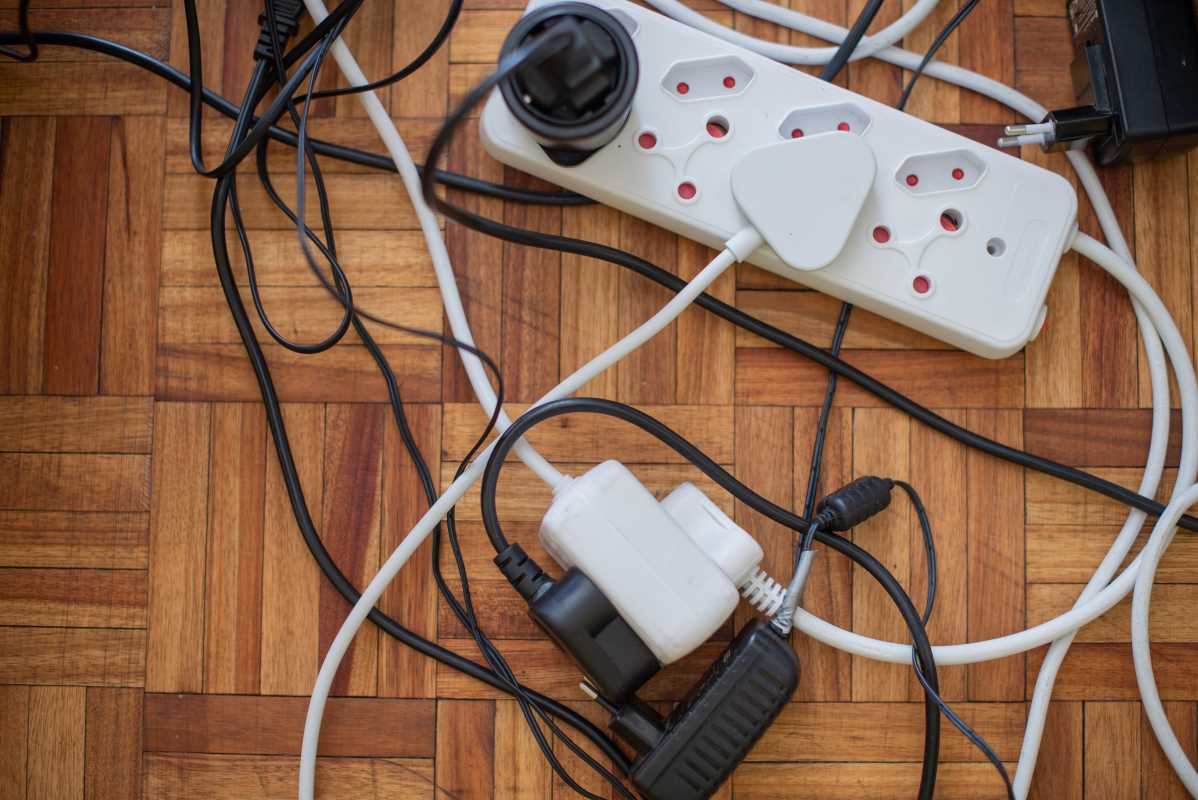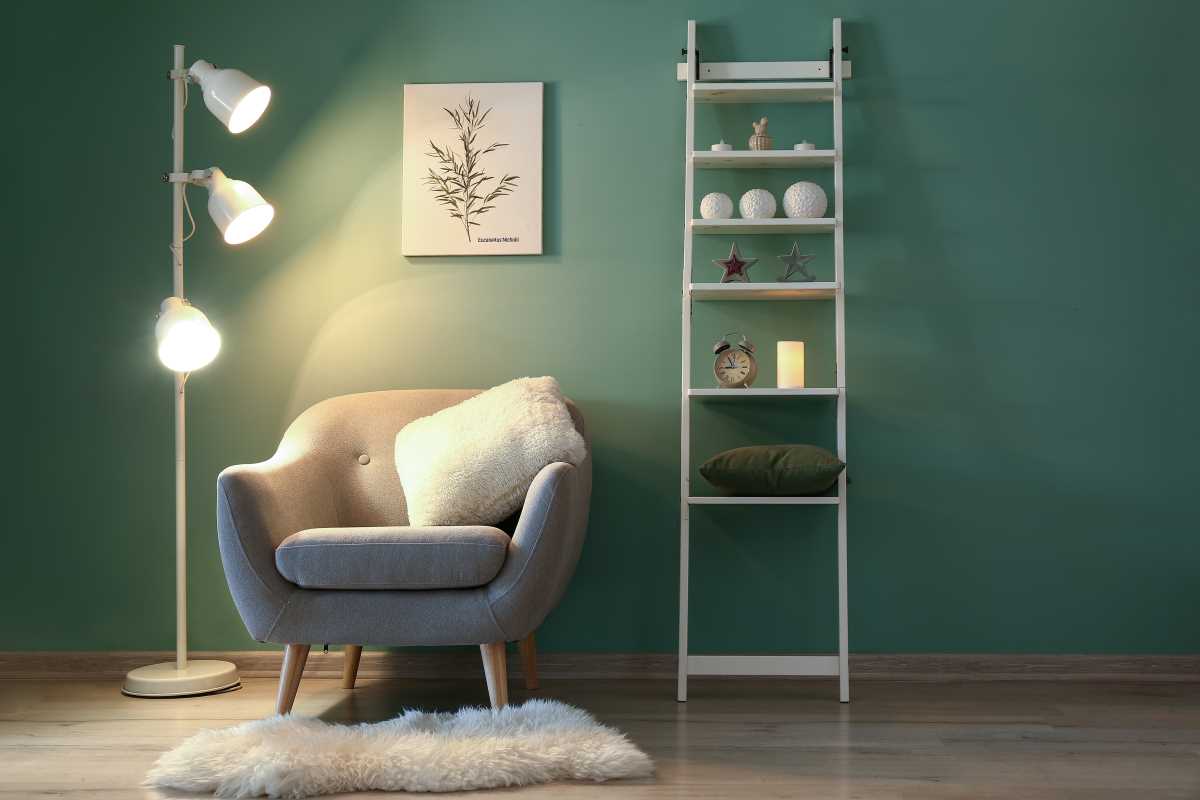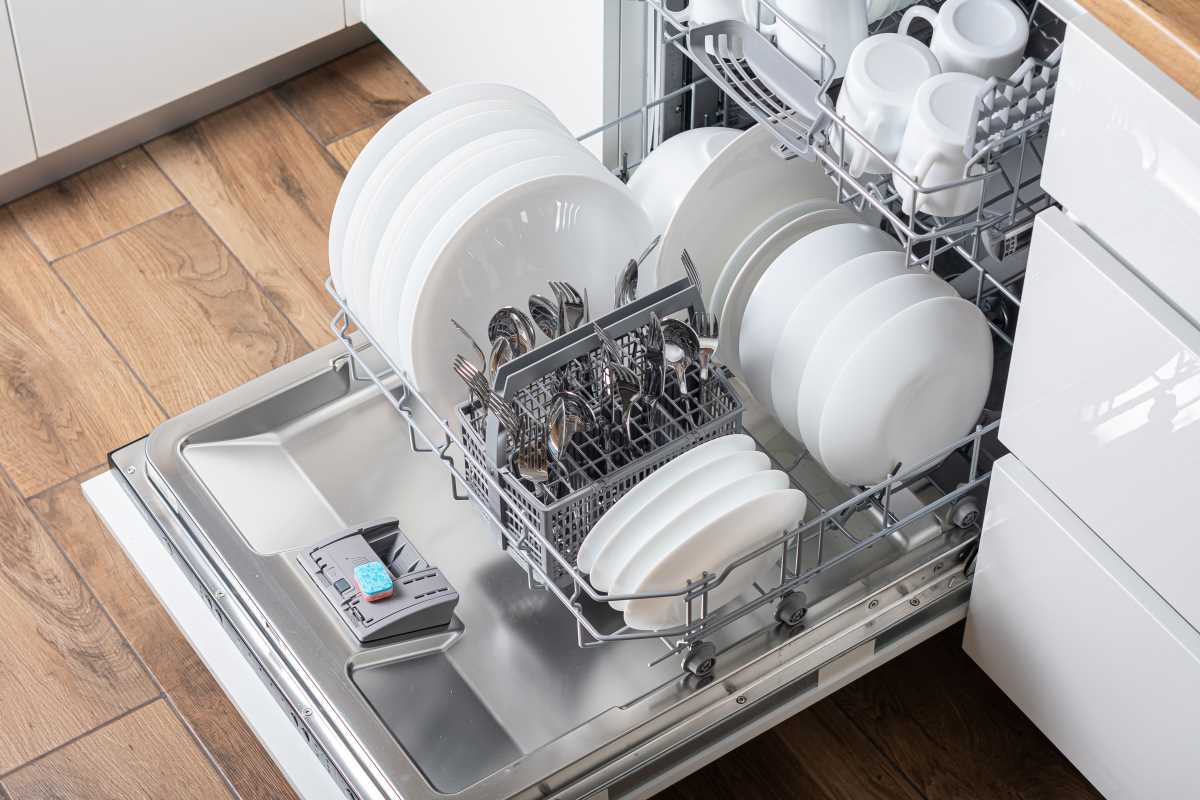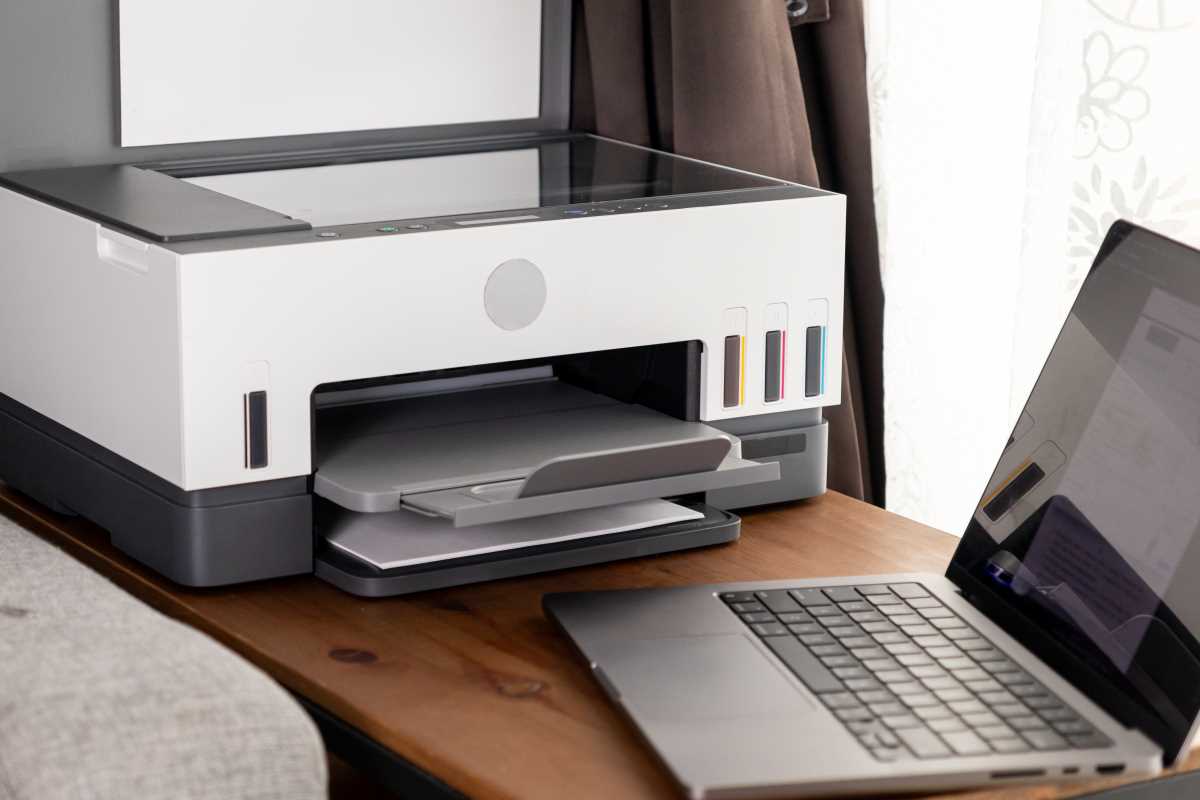Cables and cords are an unavoidable part of modern living. Whether it’s for electronics, home offices, or entertainment systems, managing cable clutter is not just about tidiness; it also makes spaces safer and more efficient. Tangled cables can lead to wear and damage over time, making devices unreliable and increasing the risk of tripping hazards. Setting up an organized system for cables is a smart way to keep things under control and reduce frustration. With a little planning and the right tools, it’s possible to tame even the messiest collection of cords, creating a solution that works long-term.
Assess the Cable Situation and Plan the Setup
Before tackling cable organization, it’s important to take stock of the cables that require management. Identifying where cords are most concentrated, such as entertainment centers or workspaces, allows for a clear plan to address the problem areas. Sorting the cables based on purpose can also help. For example, separating power cords from USB chargers or HDMI cables helps make the process more organized and reduces mix-ups later.
Take measurements of spaces and setups where cables tend to gather. This step is especially helpful when choosing organizers, as it ensures their sizes will fit within existing furniture layouts or desk configurations. The goal of this planning stage is to address both aesthetic and functional needs, reducing tangles while ensuring everything remains accessible.
Choose the Right Organizers for Your Needs
Finding the right cable organizers is essential for lasting results. There are different types available, each suited to specific setups. Cable sleeves, for example, are a great choice for bundling multiple cords into a single streamlined unit. Often made of flexible materials like neoprene or polyester, these sleeves can be zipped or wrapped around cables, keeping them tidy while allowing for easy modifications if new cords are added in the future.
Adhesive cable clips or mounts are another popular option for securing cords along walls, under desks, or even behind appliances. These small, versatile tools can guide individual cables along surfaces without being intrusive. They’re particularly useful for keeping frequently used charging cables within reach while minimizing clutter.
For stationary equipment like computer setups or entertainment systems, cable boxes are ideal. These boxes conceal power strips and any excess cable lengths, providing a clean look and protecting cables from dust and pet interference. Choosing organizers that match the scale and demands of the space ensures a tailored solution that works reliably over time.
Secure and Label Cables for Easy Identification
Once cables are sorted and organizers are in place, securing and labeling each cable makes day-to-day management easier. Using reusable cable ties or Velcro straps to bundle excess lengths ensures that cords don’t dangle or bunch unnecessarily. This step is especially helpful for long cords that run from one device to another, as it leaves only the required length exposed.
Labeling cables with tags or markers helps avoid confusion in multi-device setups where cords may look identical. For example, using a label maker or pre-printed tags can make it clear which plug belongs to a gaming console versus a streaming box. This avoids the frustration of unplugging the wrong device and speeds up troubleshooting if an issue arises.
Create Dedicated Routes for Cable Management
Keeping cables organized in the long run requires establishing clear routes for them to follow. This involves figuring out where cables connect and then mapping out a path that keeps them out of sight while maintaining accessibility. For wall-mounted TVs or home theater systems, routing cables through raceways or conduit tubing is one way to achieve a clean and polished look. Many of these systems come in paintable finishes to match walls for seamless integration.
Under desks, cable trays or wire baskets mounted to the underside can catch dangling cords, keeping them off the floor and out of view. These routes help maintain a clutter-free appearance while preventing additional tangles from forming.
Maintain the System Over Time
The key to long-term success in cable organization is maintenance. Over time, new devices and chargers may be added or removed, disrupting the initial setup. A periodic check, every six months for instance, helps ensure everything remains in order. During this review, small adjustments like tightening cable ties, adding labels, or removing outdated cords prevent the system from falling into disarray.
Using high-quality cables that are resistant to fraying or bending extends their usability and reduces replacements. Prioritizing durable materials at the outset is an investment in smoother management down the line.
Tailor the Setup to Each Space
Every room has different needs when it comes to cable organization, so creating specialized solutions for each space improves efficiency. For example, in a living room, keeping visible cords to a minimum by tucking them behind entertainment units or couches can enhance the space’s aesthetics without sacrificing functionality.
Workspaces often have more concentrated cable use, requiring a more robust solution. Pairing cord channels with desktop cable clips ensures that monitors, printers, and charging stations stay neatly connected without interfering with daily tasks. Adapting to the specific demands of each area leads to a consistent and organized overall system.







